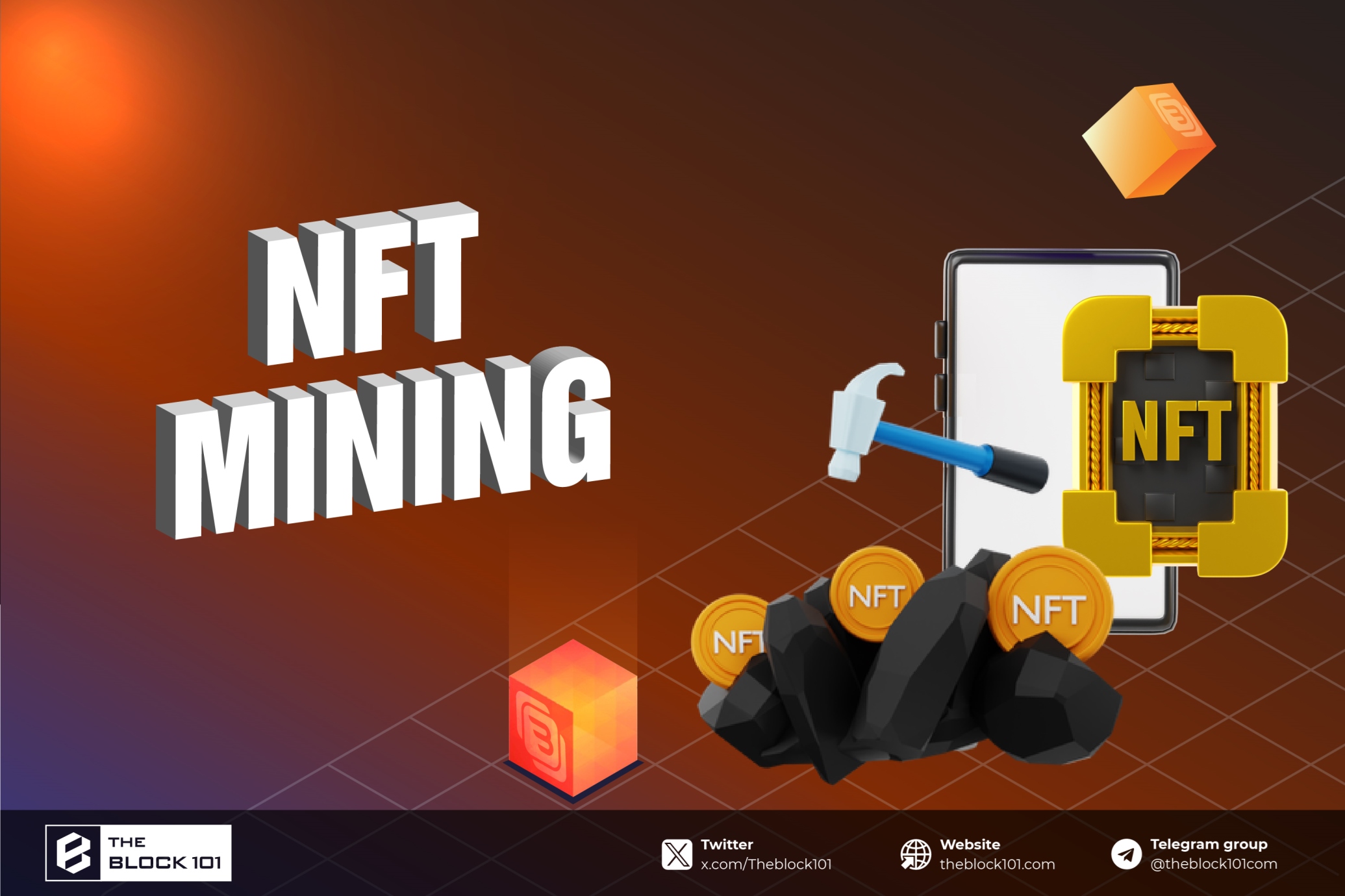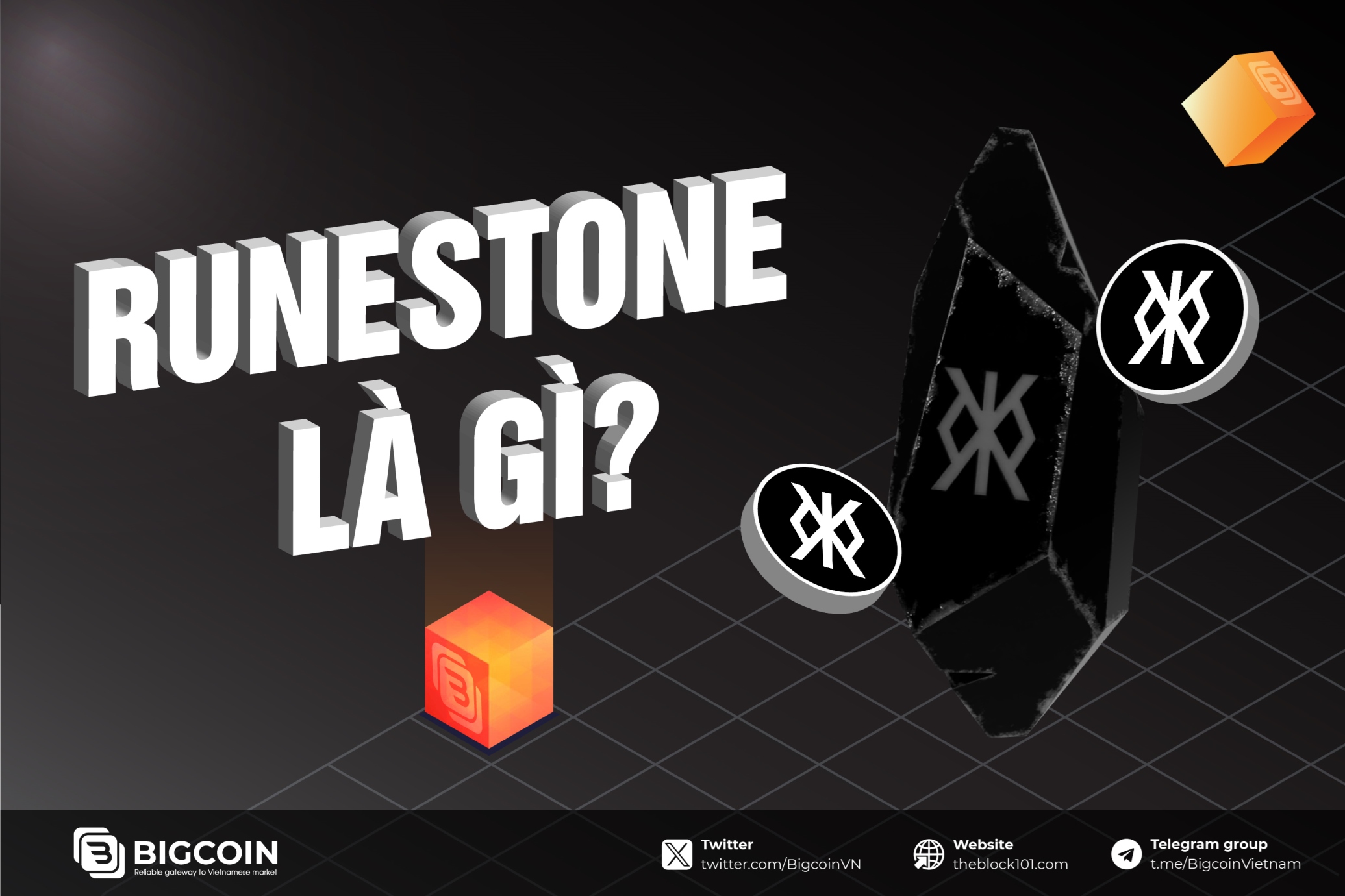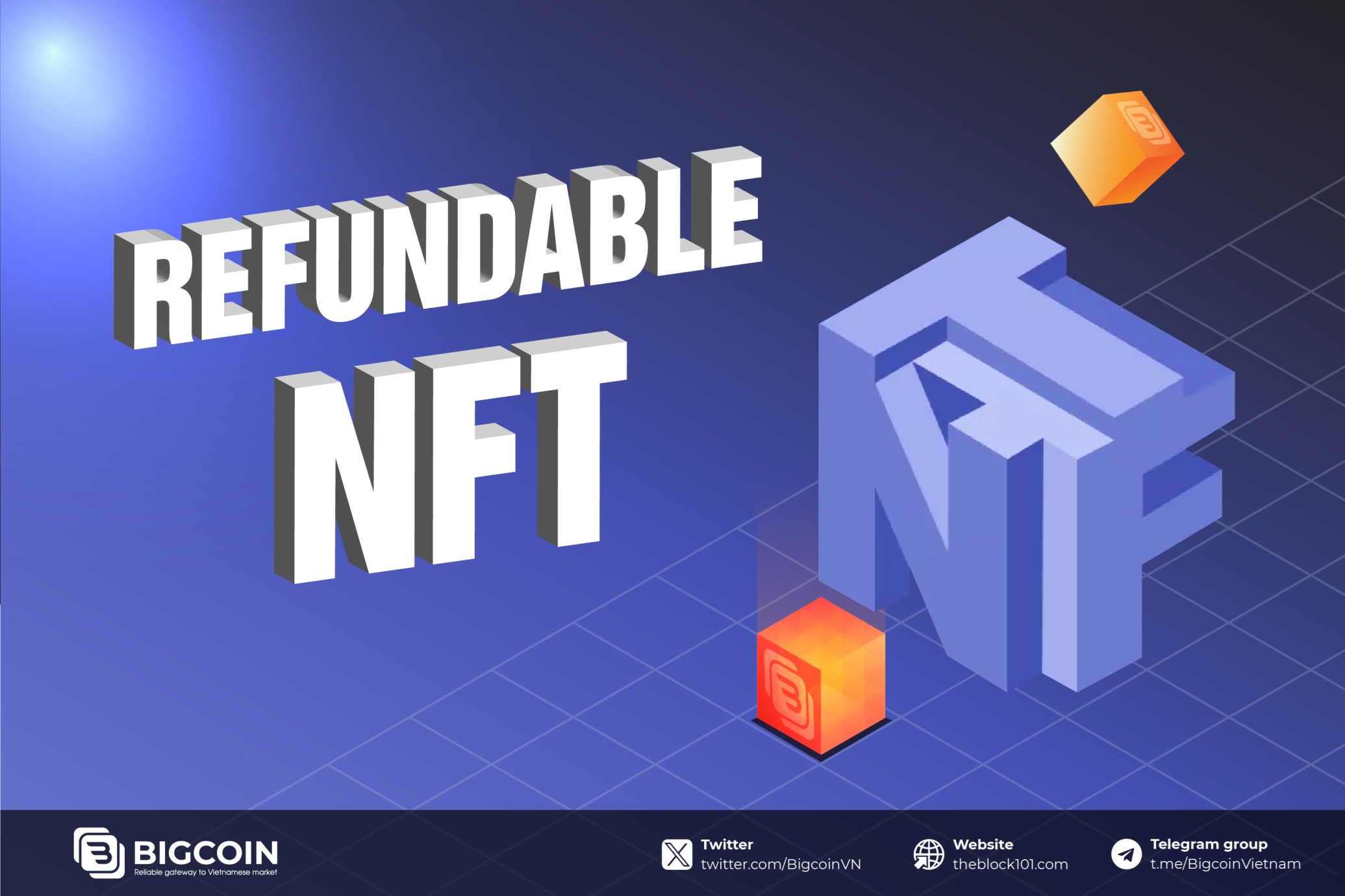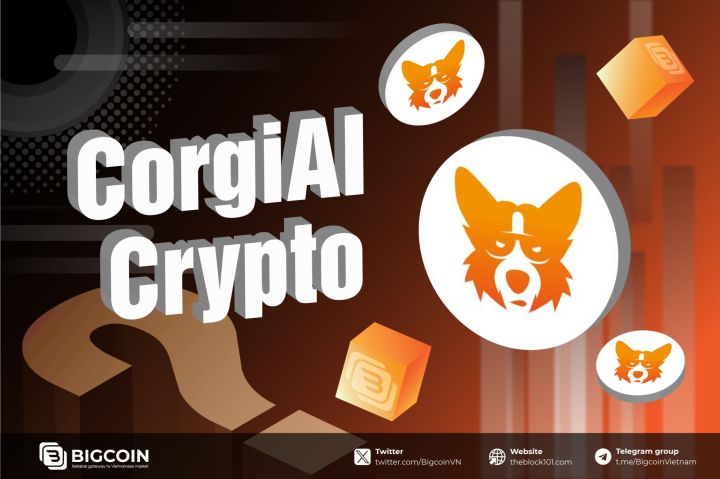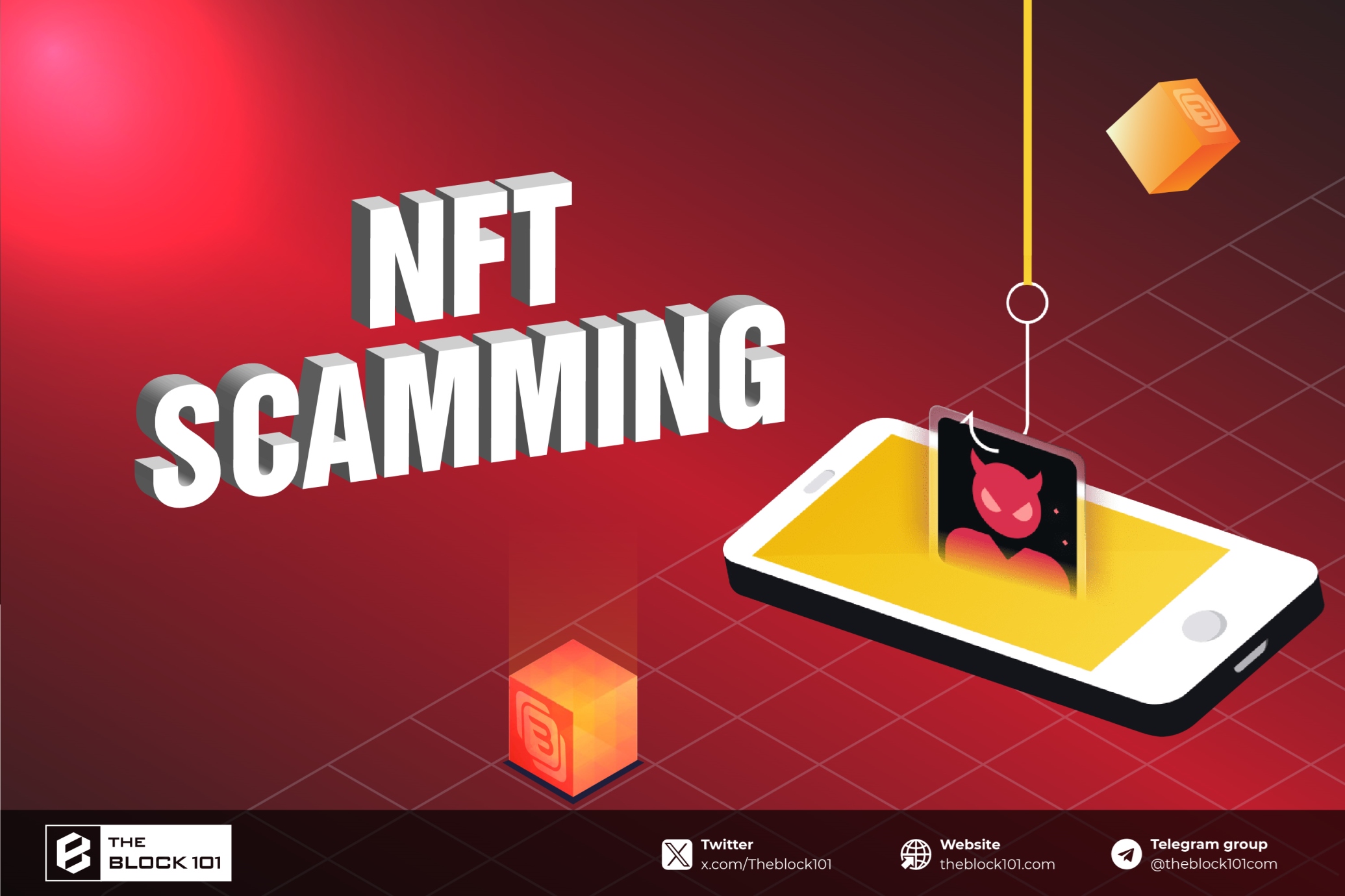
1. Fake Artwork and Counterfeit NFTs

One of the most prevalent NFT scams involves scammers creating fake digital artwork and selling it as original pieces. These fraudsters often impersonate well-known artists or forge copies of popular NFT collections, tricking buyers into paying for assets that hold no real value.
Scammers take advantage of the lack of verification processes on some NFT platforms. Since anyone can mint and list an NFT, it becomes easy for criminals to steal an artist’s work and claim it as their own. Many unsuspecting buyers purchase these fake NFTs, believing them to be legitimate.
How to avoid this scam:
-
Always verify the authenticity of an artist before purchasing an NFT. Look for official links on their social media profiles or personal websites.
-
Check if the artist has sold previous works on reputable marketplaces.
-
Use verified NFT marketplaces that authenticate the creators of listed NFTs.
2. Rug Pull Scams

A rug pull occurs when developers launch an NFT project, generate hype, attract investors, and then suddenly disappear with the raised funds. This leaves buyers with worthless assets and no way to recover their investment.
Scammers use social media marketing, influencer promotions, and fake community engagement to build trust and increase demand for their NFT collection. Once enough people invest, they delete all accounts and abandon the project.
How to avoid this scam:
-
Research the team behind the NFT project. Avoid investing in projects with anonymous developers.
-
Look for NFT projects that have long-term development plans and clear roadmaps.
-
Be skeptical of collections promising huge returns or limited-time investment opportunities.
3. Phishing and Impersonation Scams
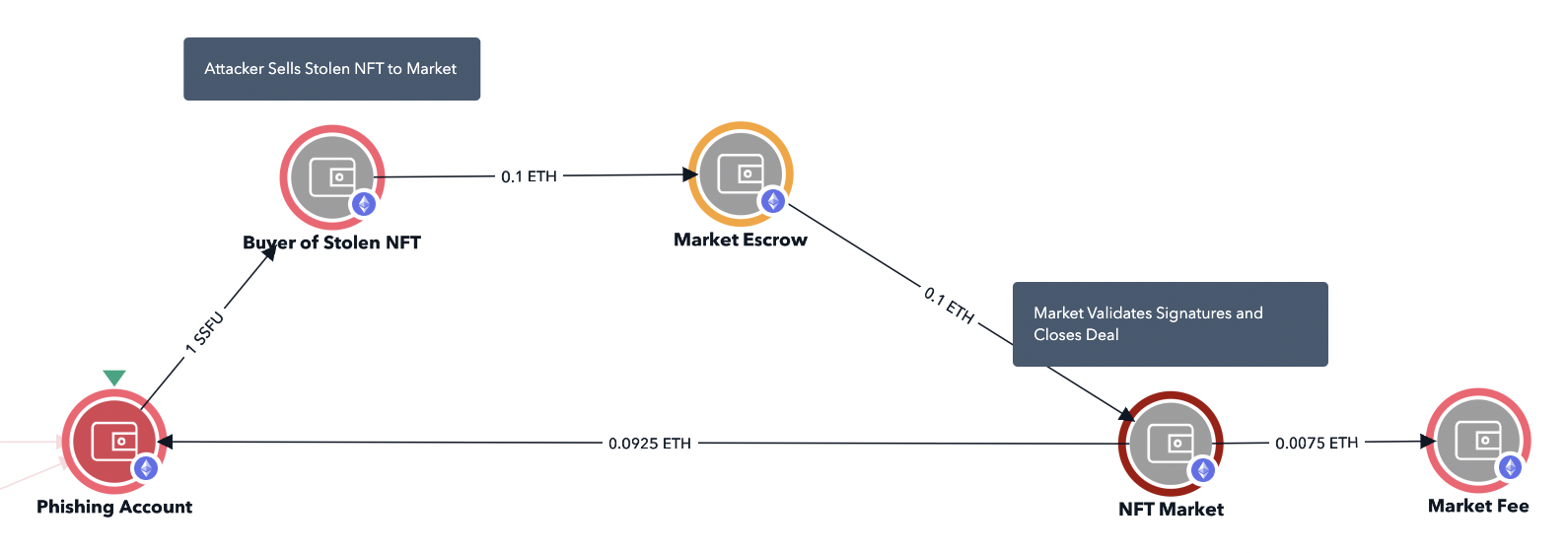
Phishing scams in the NFT space often involve fake websites, emails, or social media accounts that impersonate legitimate NFT platforms. Scammers trick users into providing their wallet credentials or private keys, allowing them to steal funds and digital assets.
Common phishing tactics include:
-
Creating fake versions of NFT marketplaces that look identical to the real ones.
-
Sending fake customer support messages asking users to log in via malicious links.
-
Offering free airdrops that require users to connect their wallets, leading to fund theft.
How to avoid this scam:
-
Always double-check the website URL before logging into an NFT marketplace.
-
Never share your private keys or seed phrases with anyone.
-
Be cautious of unsolicited messages, emails, or social media DMs asking for wallet access.
4. Bidding Scams

Bidding scams typically occur in secondary NFT markets, where buyers resell NFTs they have previously purchased. In this scam, the fraudster places a high bid on an NFT using one type of cryptocurrency but later switches it to a lower-value currency without the seller noticing.
For example, you might receive a bid of 1 Ethereum (ETH), but the scammer later changes the bid to 1 USDT (a much lower amount). If you fail to verify the transaction details, you may unknowingly sell your NFT for far less than expected.
How to avoid this scam:
-
Always double-check the cryptocurrency and amount before accepting a bid.
-
Avoid rushing transactions and take time to review all details.
-
Use trusted NFT marketplaces that provide secure transaction processes.
5. Pump-and-Dump NFT Schemes

In pump-and-dump scams, fraudsters artificially inflate the price of an NFT collection by using fake social media hype, paid influencers, or trading bots. Once the price reaches a peak, they sell off their holdings, causing the value to crash and leaving buyers with significant losses.
This scam is common in both NFT and cryptocurrency markets, as it plays on FOMO (fear of missing out). Many inexperienced investors get caught up in the hype and buy overpriced NFTs, only to see their value drop dramatically when the scammers cash out.
How to avoid this scam:
-
Be skeptical of NFT collections that suddenly increase in price without a clear reason.
-
Research the trading history and volume of the NFT before investing.
-
Avoid making investment decisions based on social media hype alone.
6. NFT Airdrop Scams
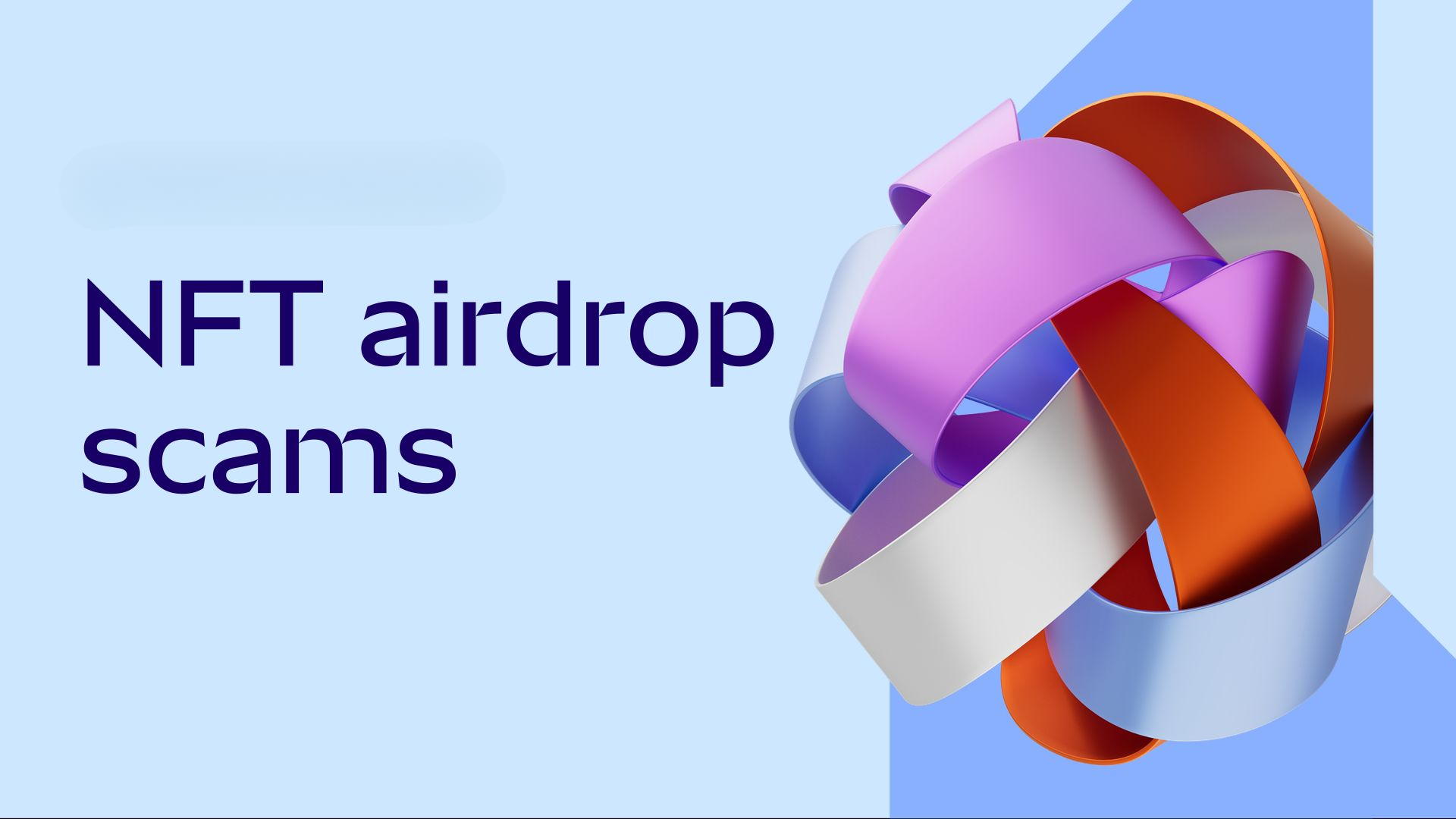
NFT airdrop scams involve scammers offering "free NFTs" in exchange for users connecting their wallets or completing certain actions. Once the victim connects their wallet, the scammers gain access to their funds and steal their assets.
This type of scam is particularly dangerous because it often looks like a legitimate promotion. Fraudsters use fake websites or social media accounts to convince users that the airdrop is genuine.
How to avoid this scam:
-
Never connect your wallet to unknown websites or suspicious links.
-
Be cautious of random NFT airdrops that ask for permissions to your wallet.
-
Disable automatic approvals in your wallet settings to prevent unauthorized transactions.
7. Customer Support NFT Scams

Scammers often pose as customer support representatives from popular NFT marketplaces like OpenSea or Rarible. They target users through Discord, Telegram, or Twitter, pretending to help resolve technical issues while attempting to steal credentials.
They might ask for:
-
Your wallet’s private key or seed phrase.
-
Access to your account for "troubleshooting purposes."
-
Transaction fees to "recover lost NFTs."
How to avoid this scam:
-
Official customer support will never ask for private keys or direct payments.
-
Always contact support through the official website.
-
Be cautious of random messages from people claiming to be support staff.
8. Ponzi and Pyramid Schemes
.png)
Ponzi and pyramid schemes have also infiltrated the NFT market. These scams promise high returns to early investors by using funds from new investors. Over time, the scheme collapses, leaving the majority of participants with major losses.
How to avoid this scam:
-
Be cautious of NFT projects that rely on continuous recruitment of new investors.
-
Avoid platforms that guarantee "risk-free profits" or exponential returns.
-
Research the project’s financial model before investing.
9. Unverified Marketplaces and Platforms

With the growth of the NFT industry, many unverified marketplaces have appeared, some of which are created by scammers to steal funds from users. These platforms list fake NFTs, process fraudulent transactions, and sometimes disappear overnight.
How to avoid this scam:
-
Use well-known and reputable marketplaces such as OpenSea, Rarible, and Blur.
-
Check for platform security measures like two-factor authentication (2FA).
-
Read user reviews and research the marketplace’s history.
10. Front-Running and Insider Trading

Some individuals use insider knowledge to buy NFTs before public announcements, causing the price to rise artificially. This is known as front-running. Similarly, insider trading happens when privileged information is used to gain an unfair advantage in NFT investments.
How to avoid this scam:
-
Be cautious of NFTs that experience sudden price spikes before official announcements.
-
Stick to trusted marketplaces that monitor and prevent insider trading.
-
Research projects carefully before making investment decisions.
Final Thoughts
NFT scams are becoming more sophisticated, making it crucial for investors to stay informed and cautious. By following the security tips outlined above, you can better protect yourself from fraudulent activities in the NFT space. Always verify information, double-check transaction details, and use trusted marketplaces to minimize risks.
Read more:

 English
English Tiếng Việt
Tiếng Việt.png)
.jpg)
